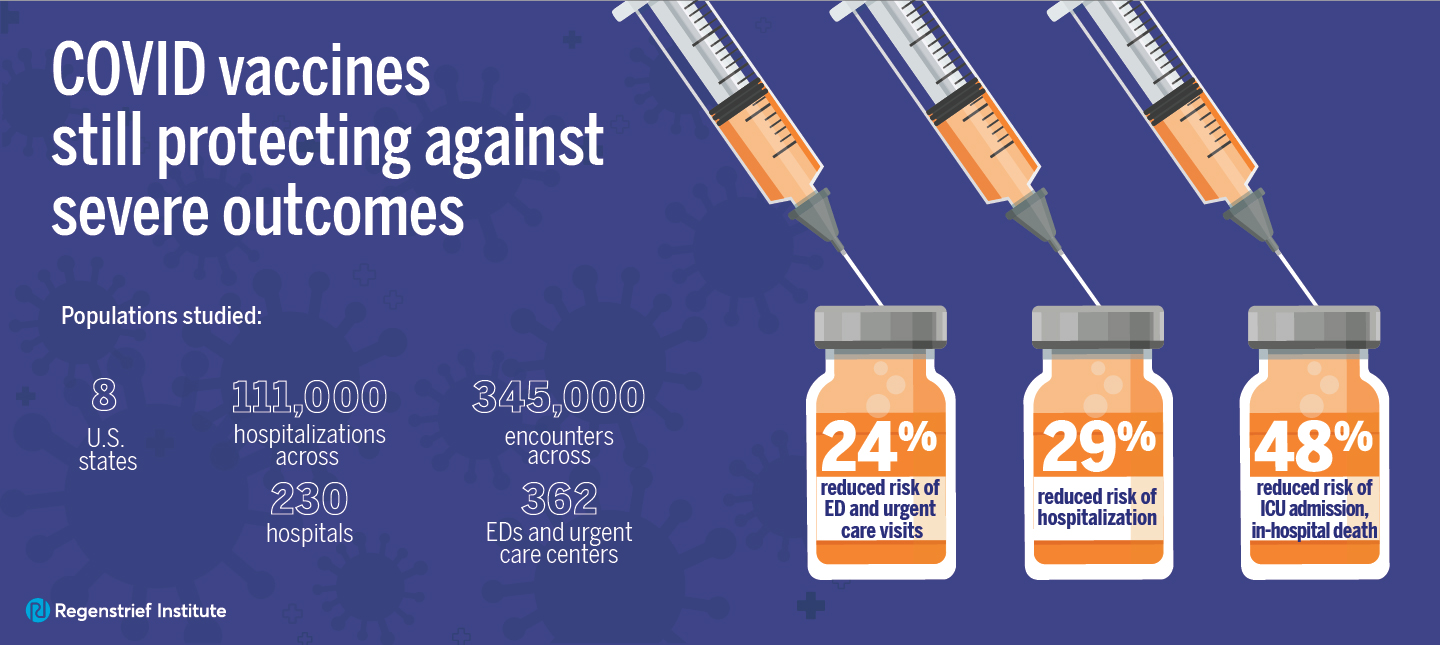Decision makers in low- and middle-income countries know the value of health information exchange (HIE). Unfortunately these nations may lack access to resources that accelerate the establishment of policies and procedures needed to support it. A new framework published by the Regenstrief Institute aims to cull together HIE experience and implementation knowledge to assist HIE decision-makers in more quickly and thoughtfully make decisions for their own countries.
There is a vast amount of experience and implementation knowledge throughout the globe that can be pulled together and shared to help others new to the HIE implementation process. Developing and publishing a high-level framework supports decision makers in their own countries. Identifying and cataloguing existing knowledge of successes and challenges in establishing HIE policies and procedures can result in the acceleration of global interoperability.
This work occurred during a detail assignment with Regenstrief Global Health Informatics, and focused on understanding the progress in global health informatics work. Drs. Paul Biondich and Terry Cullen recognized the need to evaluate the global state of HIE policy and procedures. The work began with a literature review and informational interviews with individuals who have experience implementing HIE policies and procedures in low- and middle-income countries. OpenHIE community members were first-line informants who recommended additional informants for the report. Over 30 individuals with experience in these countries helped inform the proposed framework. Each policy or procedure in the framework reflects a principle or underlying decision. Given a country’s direction/decision on the principle/question, there are a number of options countries have taken with their HIE policy and/or procedure. If there are situations where choices are not clear, the framework offers known options to assist decision-makers in weighing the pros and cons of different HIE options. The framework has been published in a report from the Regenstrief Institute, and we invite the community to read the document. I am excited to present on this work at the upcoming AMIA Symposium in Chicago on November 14, 2016.
Regenstrief Institute hopes that this report provides country decision-makers and others working on HIE implementation with a framework in establishing HIE policies and procedures. As we look toward the future, working with Regenstrief, I anticipate taking the framework that we’ve developed and refining this into a set of tools or a toolkit that can more easily be used by HIE implementers. These tools may include a repository of existing policy and procedure artifacts, sample template policies and procedures, or facilitated decision-making guides – as some examples.
I’d invite interested groups and organizations that would like to help us move into the next phase of the project to reach out to Drs. Biondich and Cullen at Regenstrief and engage. I would also invite folks attending AMIA to stop by our podium abstract presentation and say hello to me!
Lauren Wu, MHS, is the Deputy Director with the Office of the National Coordinator for Health Information Technology, ONC Health IT Certification Program, at the U.S. Department of Health and Human Services. Lauren has specialty training and experience in epidemiology and infectious diseases. She has worked on a number of program implementation and policy projects. Lauren led the development of the 2010-2020 National Vaccine Plan and National Vaccine Implementation Plan for the National Vaccine Program Office. Lauren currently develops federal regulations and provides implementation guidance to help improve the interoperability of electronic health data across health care settings through the use of standards. She is at the cross-section of health IT policy, standards, and implementation work with an eye toward health care delivery system reform in the U.S. Lauren studied Global Epidemiology and Disease Control at the Johns Hopkins Bloomberg School of Public Health. You can learn more and connect with Lauren at https://www.linkedin.com/in/laurenawu.








